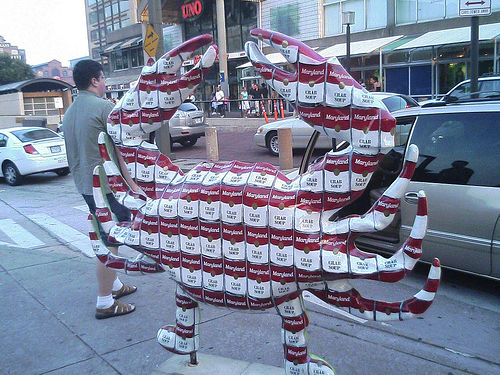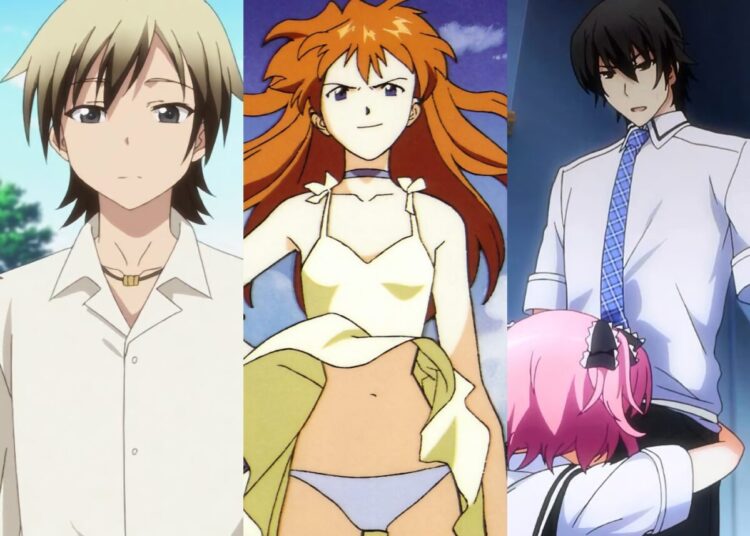Japan is a highly developed nation, almost a case study in what happens when industrialization is taken too far. Asphalt and concrete about in Japan, and I can’t remember when I last saw a non-paved road here. Even up in the mountains you can see plenty of concrete, as engineers cover mountainsides with cement to keep falling rocks at bay. Basically, Japan’s penchant for durable materials is a side effect of its reliance on — you could say addiction to — construction is the backbone of its economy. A sizeable part of the American economy is made up of defense contractors who create the tools the military needs to do its job. In place of these companies, Japan has gargantuan construction interests who lobby for constant building of everything from roads to bridges to subsidized local projects like a space museum celebrating Japanese astronaut Chiaki Mukai, located in her hometown near us. Japan’s government is quite good at building things that no one needs, such as the $7 billion Aqua-line, a massive bridge-and-tunnel that cuts across Tokyo Bay to Chiba (Night City if you’re a William Gibson fan), or the 13.7 km Great Seto Bridge that connects Japan’s main island of Honshu with fourth-largest island of Shikoku, both of which cost so much in tolls that most drivers don’t bother.
Even though I dislike wasteful construction projects, I will admit that Japan is safer from natural disasters than it would otherwise be without the Japanese tendency to overbuild. From Earthquakes to tsunamis to typhoons, there are plenty of hazards in Japan, but by and large plans are in place to deal with them. Most every river in Japan has a high, sloped levee made of reinforced concrete to guard against flooding, and large concrete breakwaters surround much of Japan’s coastline, lessening the impact of a big wave. Every community in Japan has a designated “evacuation area,” a place where you’re supposed to go in the event of a natural disaster. And in the event that homes are destroyed, people here know that temporary housing units that can be erected quickly will be provided by the government, as happened after the earthquakes in Kobe and Niigata. Perhaps in the future America can take some pointers from Japan in this area (and a few others I could point out).
There is one corner of Japan that isn’t overdeveloped: the northernmost island of Hokkaido. A very cold place in the winter, Hokkaido is the “bread basket” of Japan, and companies use the image of the island to sell everything from milk to butter to corn. Because the island was for the most part settled after Japan began to modernize in the 1870s, cities in Hokkaido often feel quite different from the rest of the country, from the rolling hills and beautiful Catholic Church of Hakodate in the south to the quaint canals of the port city of Otaru. Sapporo is a bustling modern city that was designed by American urban planners, and it’s also the home of the Sapporo Brewing Company, Japan’s oldest. Every August thousands of Japanese from the Tokyo area go to Hokkaido to escape the heat. It large natural areas and open roads make it popular with motorcycle aficionados from all over Japan, too.
J-List carries the hard-to-find UMD movies for PSP (yes, the naughty kind), a great new way to enjoy Sony’s new handheld. While several of the UMD titles have been released as region free, most of the recent releases have been zoned for region 2. This is bad news for owners of PSPs bought in the U.S., but if you’re in Europe, where the PSP has just been officially released, it’s good news, since both Europe and Japan are region 2!















